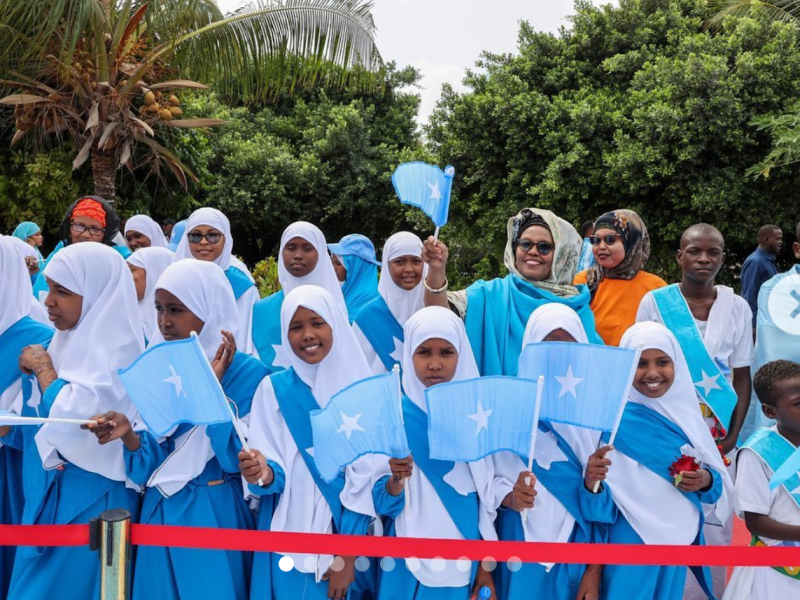
The Arabic language possesses a profound and intricate history within the tapestry of Somalia. The connection between Arabic and Somali culture is multifaceted, serving as both a linguistic influence and a cultural bridge. This connection traces its roots back to historical trade, religious, and educational interactions between the Arab and Somali communities.
Arabic holds a unique and revered position in Somalia due to its association with Islam, which has left an indelible mark on Somali society. The introduction of Islam to the Somali region in the 7th century, primarily through the efforts of Arab traders and missionaries, solidified Arabic’s role as the language of religious texts, prayers, and scholarly discourse. The Quran, the holy book of Islam, is composed in classical Arabic, with its recitation and comprehension forming the core of religious practice for Somali Muslims.
In Somalia, Arabic serves as a gateway to the wider Islamic world. Many Somalis embark on the journey of learning Arabic to read and understand the Quran, actively engaging with Islamic teachings. Religious education often includes a meticulous study of classical Arabic grammar and syntax to facilitate a profound understanding of the Quranic text. Mosques and madrasas (religious schools) stand as vital institutions for imparting Arabic knowledge to the younger generation.
However, it’s essential to recognize that while Arabic is prominently featured in religious contexts, it is not the primary language for day-to-day communication in most parts of Somalia. The official language is Somali, spoken by the majority of the population. Somali is an Afroasiatic language, belonging to the Cushitic branch, and boasts its own distinctive script. This script was crafted in the early 20th century, meticulously tailored to reflect the phonological characteristics of the language.
Arabic’s influence extends beyond religious and educational domains but its usage in broader Somali society has been somewhat limited, primarily due to the enduring emphasis on Somali identity and culture. Throughout history, there has been a conscious effort to champion the Somali language and resist assimilation into Arabic. This reflects a broader commitment to safeguarding and celebrating Somali heritage, particularly in light of colonial influences and the quest for independence.
In recent times, there has been a resurgence of interest in Arabic language education, driven partially by the globalization of Arabic media and a growing desire for improved access to religious texts and international communication. Moreover, some Somalis recognize the advantages of acquiring proficiency in Arabic, as it can facilitate interactions with Arabic-speaking nations and organizations and enhance employability.
In summation, Arabic plays a multifaceted and intricate role in the context of Somalia. It serves as a pivotal conduit for religious expression and education, fostering connections with the broader Islamic world. Yet, Somali remains the dominant language for everyday communication and cultural expression, encapsulating the essence of Somali identity. Arabic, in all its complexity, continues to shape the religious, educational, and linguistic landscape of Somalia, illuminating the intricate interplay between cultural preservation, religious identity, and linguistic diversity within Somali society.

